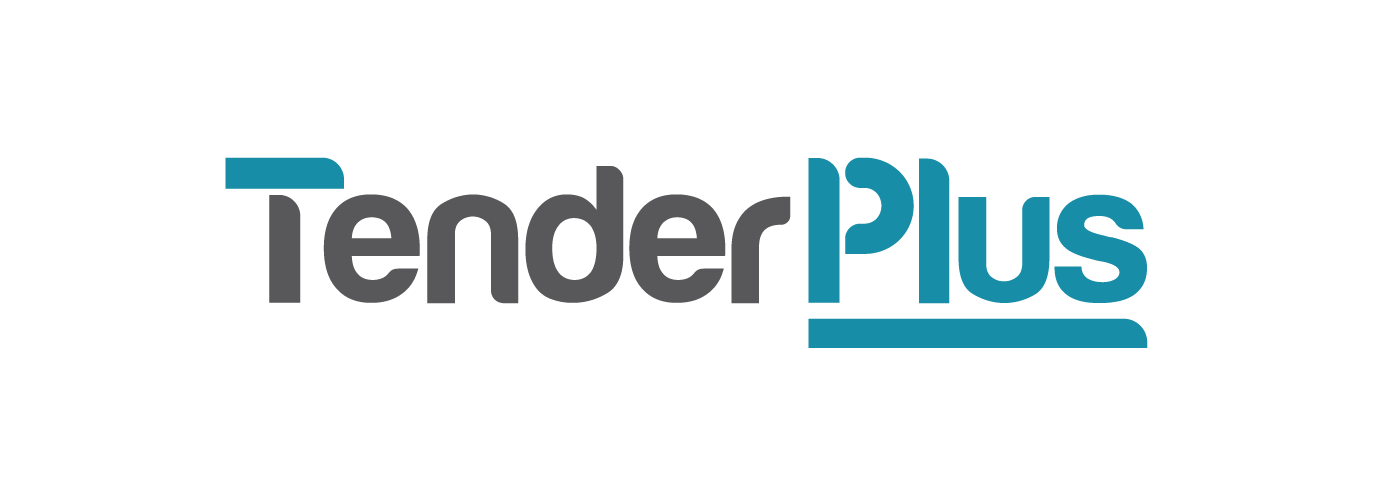Top 5 tender writing techniques to elevate a tender response
Sometimes when we’re working on several tenders with similar requirements, and may use a similar solution, repurposing and reusing past content may seem easy. However, we must find ways to constantly improve our tender responses so that we can provide clients with a nuanced and tailored solution that is specific to the project’s needs.
When Tender Plus look to elevate tender responses, we first look at these five simple tender writing techniques to increase the impact of a submission:
1. Have you REALLY answered the question?
At the start of every bid, you should carefully read and analyse what is being requested so you know exactly how to respond. As mentioned, it becomes very easy to copy and paste a response from a previous tender if the solution seems similar, but if it does not answer the question, you’re just providing unnecessary information that the client doesn’t need, and probably won’t appreciate.
If you are copying content, make sure it is in line with requirements, and COMPLETELY recontextualised for the current bid.
2. Be succinct
Building on tip number 1, it can be easy to overprovide information, but it is important to make your content as succinct and to the point as possible, particularly if you are competing with strict page limits.
A great way to avoid this common pitfall is to use a compliance matrix to check client criteria against your response. If there’s content that falls outside of this matrix, chances are you probably don’t need it.
3. Use graphics
A great way to boost how you communicate a particular process or statistic is to create graphics and powerful visuals such as flowcharts or infographics. Visuals can help evaluators to digest information and break up large chunks of text more easily.
However, be aware it can take some time to develop graphics, so be sure that a visual is being created for a good reason and is being used to add further value or explain a process.
4. Incorporate win themes
The key to a great bid response is to understand the client's needs and pain points. A tender strategy session before content drafting begins can help your tender team to identify 3-5 key elements of your solution and allow you to better communicate your value proposition based on the client’s needs.
From there, you should consistently incorporate these win themes throughout your response. Using win theme icons throughout your response can be a great way to communicate your suitability for the project further and drive home the benefits of your solution.
5. Provide evidence
An easy way to further prove your capability and experience is to provide evidence. Client testimonials and case studies for past projects go a long way to demonstrating the capability of your organisation and your team.
Additional value can be created by calling out key similarities between a past project and the current one, explaining how lessons learned will be brought across, or what key personnel are a common thread between jobs.
Next time you’re trying to get your tender across the line, keep in mind these five simple tips to improve how you communicate and sell the benefits of your solution.
